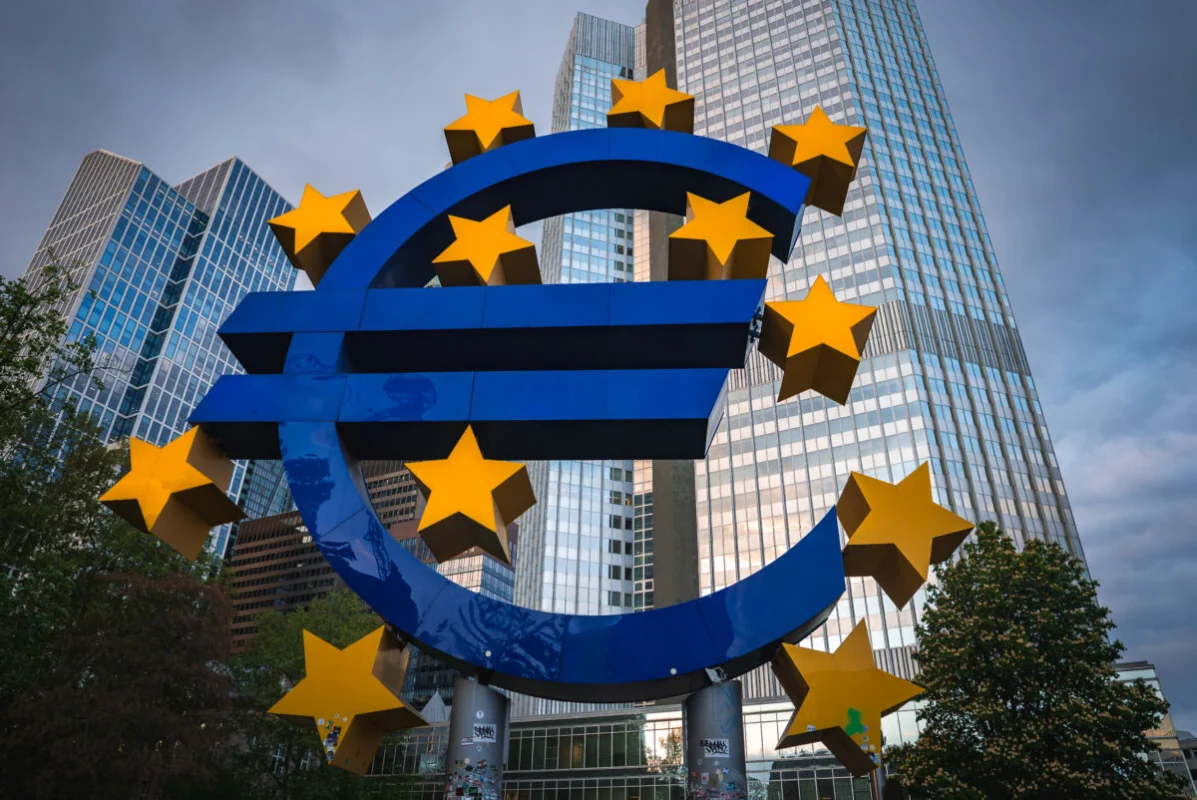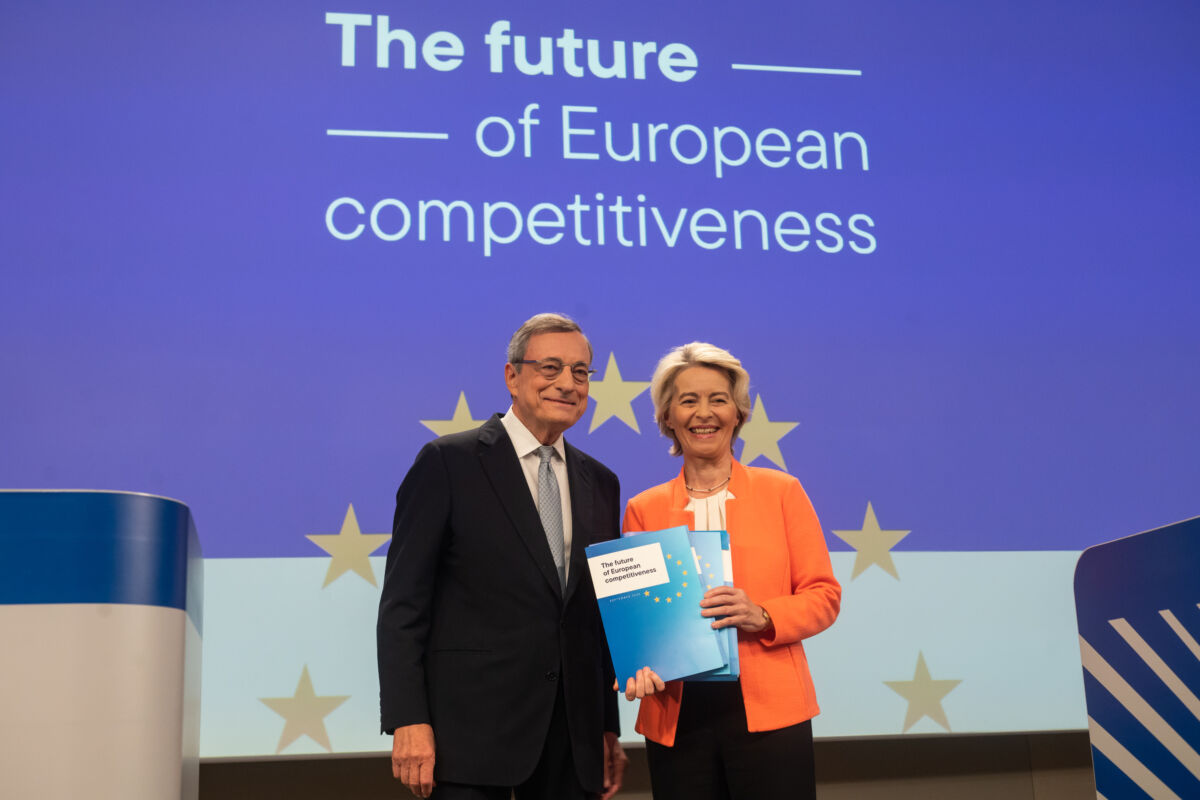It was a €2 billion tax scam. Not perpetrated in a faraway underdeveloped country, but in the heart of Europe and one of the world’s most advanced and honest countries, Denmark. The episode illustrates that withholding taxes on dividends represents one of the most serious tax issues, both at the global and EU level. Moreover, the different national treatments are a significant obstacle to establishing a Capital Markets Union.
According to the EU Commission,[1] capital market investors and EU member states have repeatedly identified withholding taxes relief procedures as a major deterrent to cross-border investment within the EU and have pressed for a pragmatic solution to longstanding tax obstacles such as double taxation linked to the current withholding taxes arrangements. It has been estimated that the overall cost of ineffective withholding taxes refund procedures in Europe could reach €8.4 billion per year in foregone tax relief, costs of reclaim procedures and opportunity costs.[2]
The importance of the withholding taxes problem has been recognised and has led to the TRACE initiative, developed by the OECD. But this project requires coordinated implementation among jurisdictions, which has not been forthcoming so far.
The complexities of the many intermediaries involved and the variations in requirements and jurisdictions’ approaches have also contributed to opaqueness and, ultimately, tax evasion and avoidance. The most notable example in this regard are the cum-ex and cum-cum schemes, resulting in billions of lost tax revenue for European governments.
The most difficult challenge for governments is obtaining a reliable perspective on who the treaty-entitled persons are and how to distinguish them from persons who – in their opinion – are not entitled to treaty benefits. Following the above-mentioned scandals, jurisdictions have become more rigorous in providing treaty benefits, which has meant that even more information is required, and consequently more administrative complexity.
In the Danish case, a single British financier tricked a single Danish tax official. EU countries including Germany and France lost a total of €55 billion to fraudulent claims between 2001 and 2011, according to the CumEx files, a cross-border investigation by European news organisations including Le Monde and Reuters.
Tax evasion and fraud is not the only problem. Honest investors face high levels of tax and administrative costs on the investments made to pay for our pensions, for example. Institutional investors looking for dividend earnings find it difficult if not impossible to obtain honest, legal reimbursements. Withholding tax bureaucracy costs investors worldwide about €20 billion of forgone relief and unnecessary administrative costs each year.[3]
While the current design of TRACE is built on non-blockchain databases that are efficient and effective within a system with few endpoints, these databases struggle with authentication from multiple sources. Blockchain, on the other hand, is designed to handle such a multi-stakeholder system. It offers the prospect of improved reliability, transparency and efficiency in the identification of the ultimate owners of financial investments. Since in a blockchain all transactions must be validated by all participants, the scope for fraud and error in processing withholding tax returns is much reduced.
Blockchain offers a means to resolve privacy concerns, too. It allows the sharing of personal financial information in a GDPR-compliant way. Claimants are comfortable with offering sensitive details in this secure fashion.
The European Commission has made valiant efforts to encourage progress in the traditional way within the EU. It has mapped existing state of play in withholding tax across European countries and identified nine best practices as part of a Code of Conduct. Although non-binding, the Code consists of a set of pragmatic approaches to improve the efficiency of current refund claims. It focuses on consumer-friendly items, mainly cross-border dividends, interests, and royalties. Some recommendations may be implemented quickly and cheaply, others take longer and require large IT investments.
While blockchain can contribute to transparency and simplicity and help to ensure protection for investors, it is not a magic bullet or any substitute for political will. No technology can solve a political problem. Blockchain can help to assure governments that they will not be giving tax cuts to the wrong people, however. It can also encourage them to free up the billions that are stuck in limbo. Otherwise, Europe risks yet more blaring headlines about tax fraud.
William Echikson is Associate Senior Fellow and Head of the Digital Forum at CEPS, Daniel Gros is CEPS Director of Research and Justin Jin is a Yale College student and intern at CEPS.
[1] See: https://ec.europa.eu/taxation_customs/sites/taxation/files/code_of_conduct_on_witholding_tax.pdf
[2] Marlies de Ruiter, International tax partner at Ernst & Young, speaking at the CEPS roundtable event ‘A blockchain-based solution to the global withholding tax challenge’, 24 June 2019, Brussels.
[3] Marlies de Ruiter, ibid.



































